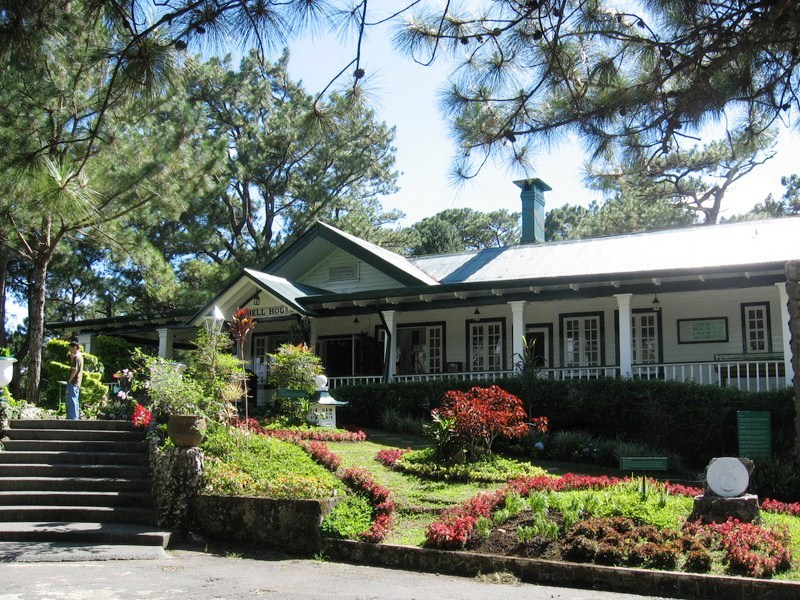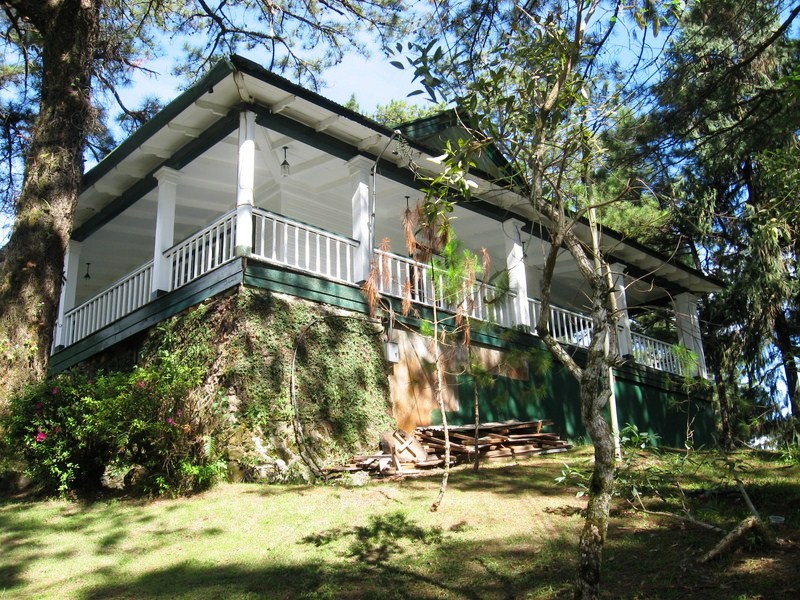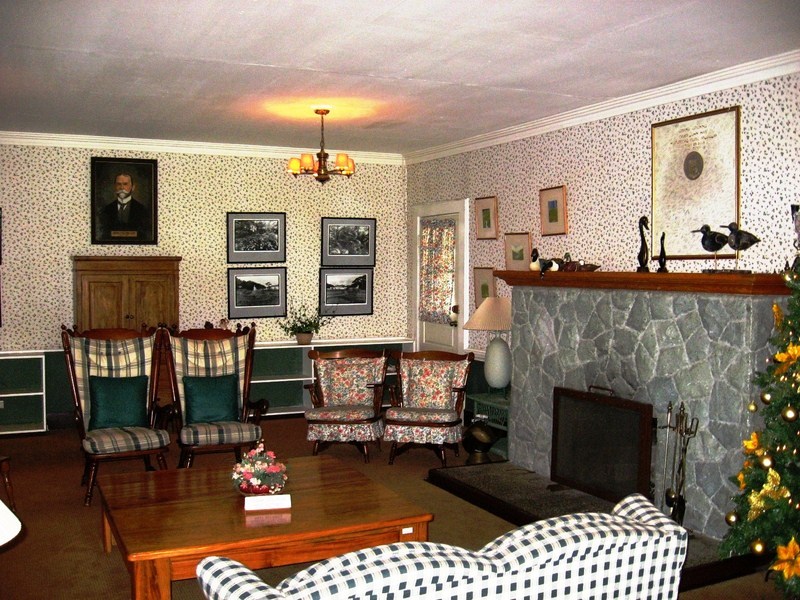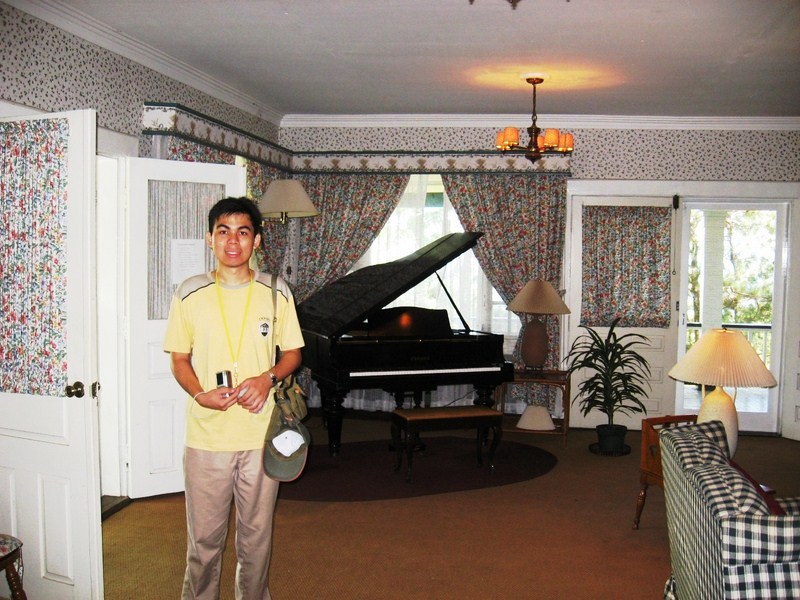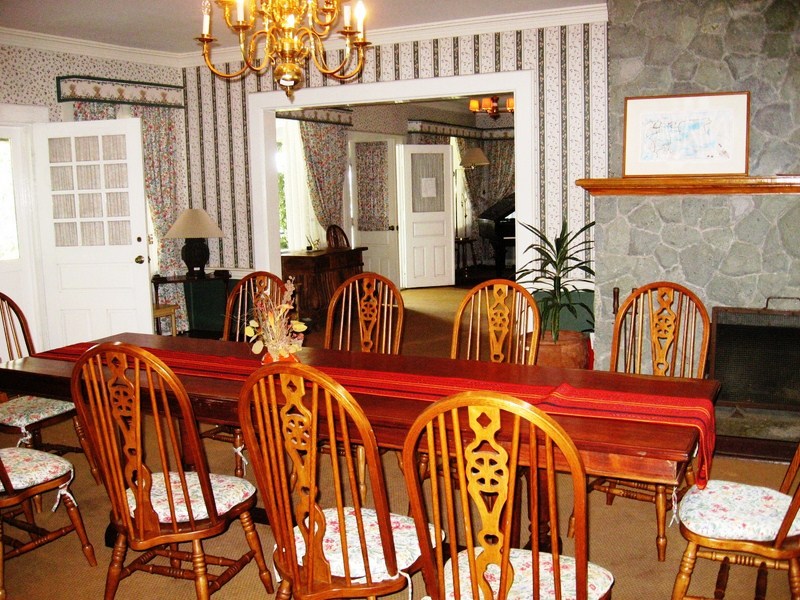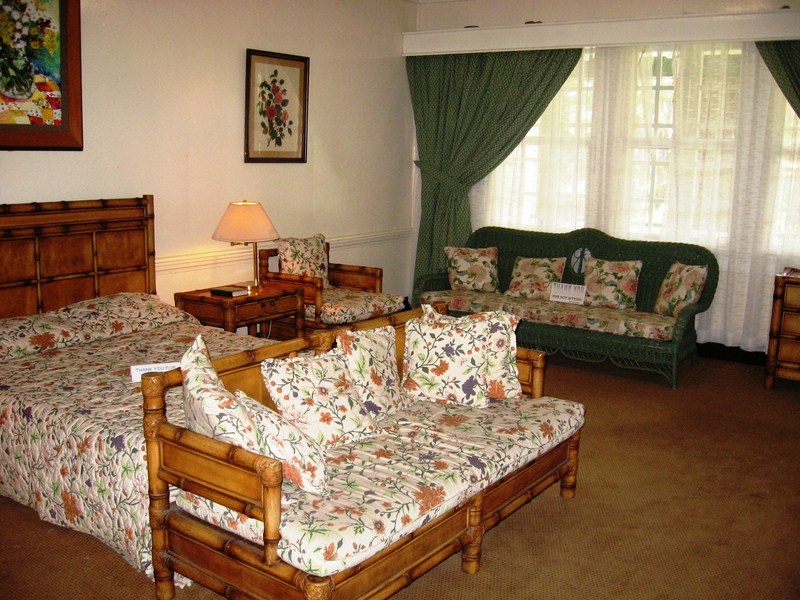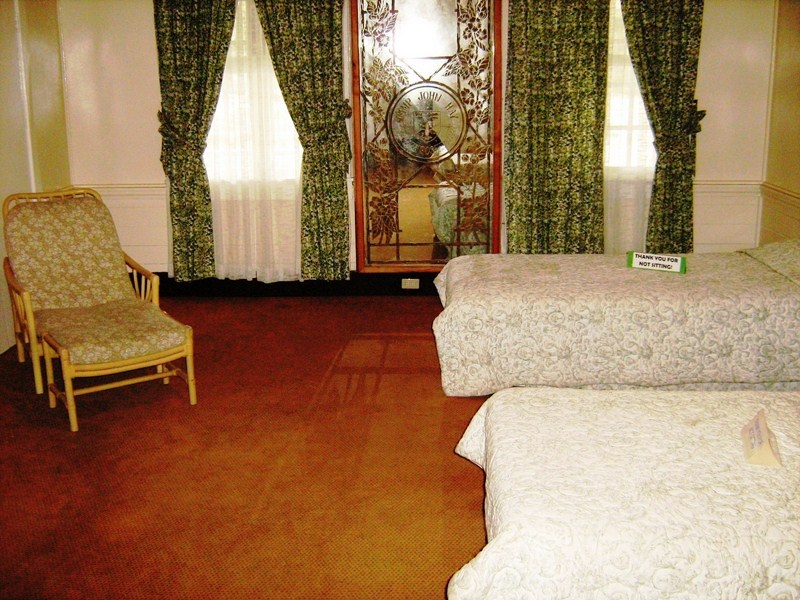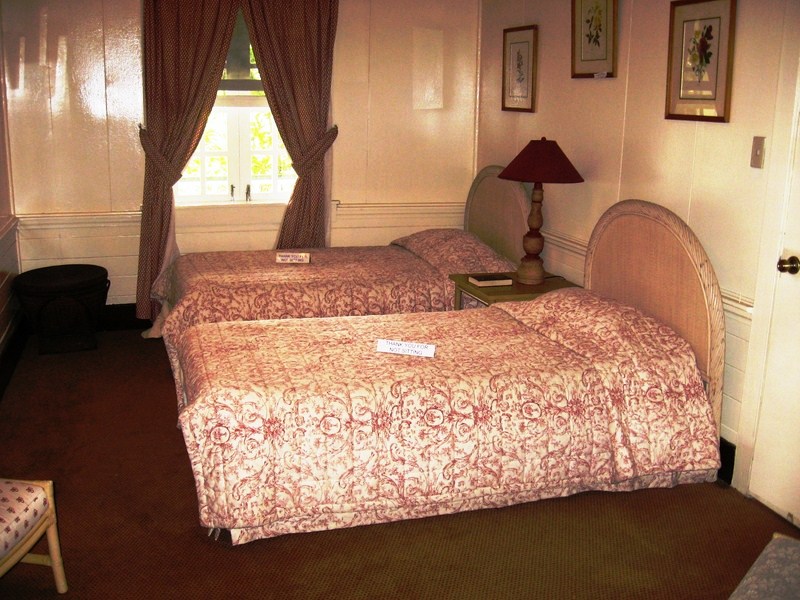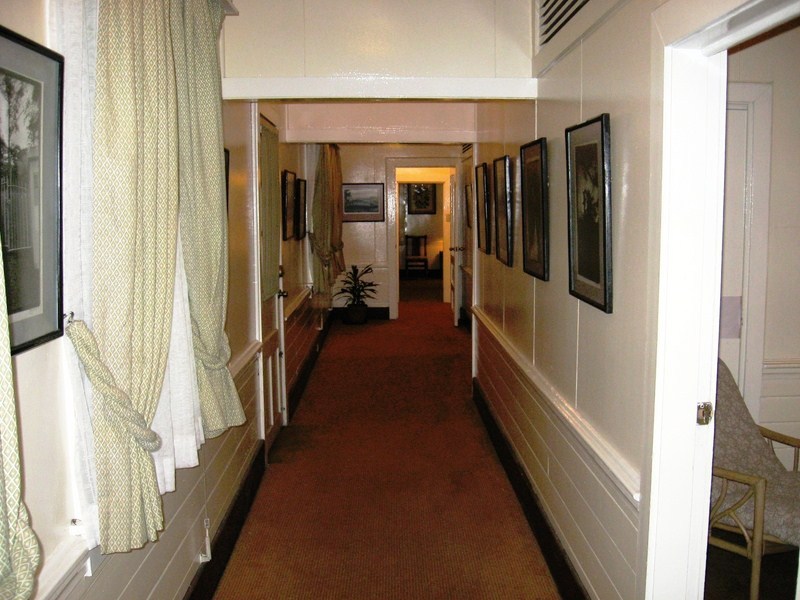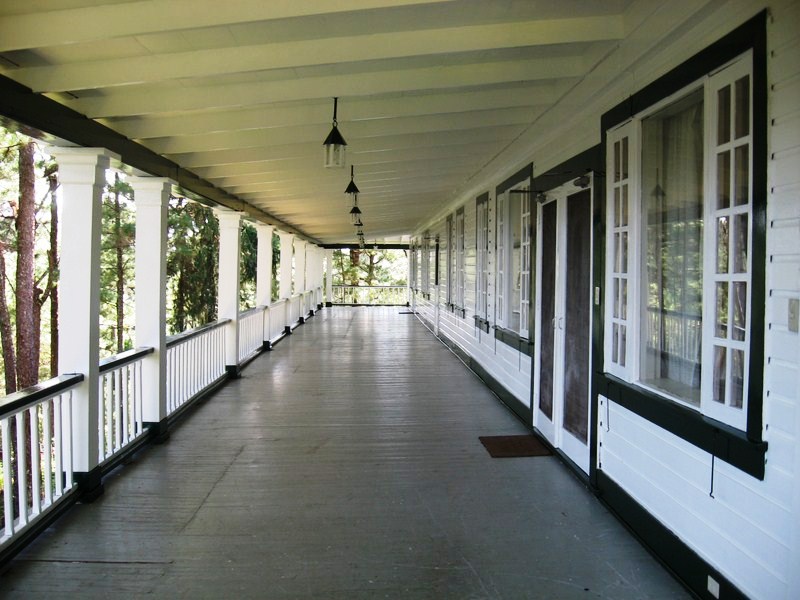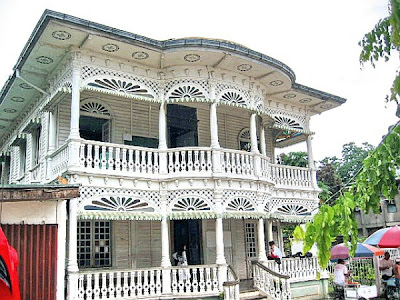At the Capitol Grounds, Jandy, Cheska, Katrina, Janet and I visited the Provincial Capitol. Built in 1912 (one of the first to be built in the country) during the term of Gov. Daniel Maramba, this imposing “Potomac Greek” building is, for me, the most beautiful in the country. We first saw it when we arrived at the town at night, its stately marble columns beautifully lit.
Surprisingly, it was open during this holiday and the caretaker allowed us to climb its exquisite spiral staircase to visit the Governor’s Office and the Provincial Board Room. At the latter, we got to sit at the Vice-Governor’s chair, handle a gavel and “preside” over a meeting.
Later, we went up the roof deck where Commonwealth Pres. Manuel L. Quezon used to host elegant receptions and parties before World War II.
Here, we had a panoramic view of the Capitol Grounds, Lingayen Gulf and the town. The west wing was restored after destruction by shelling in 1945.

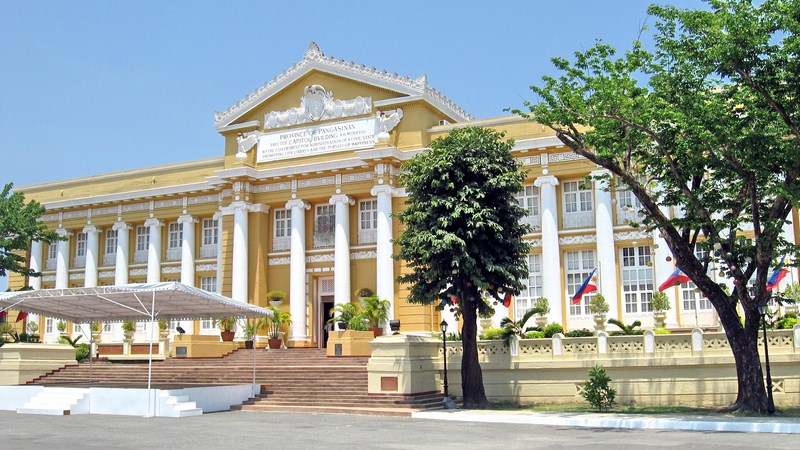
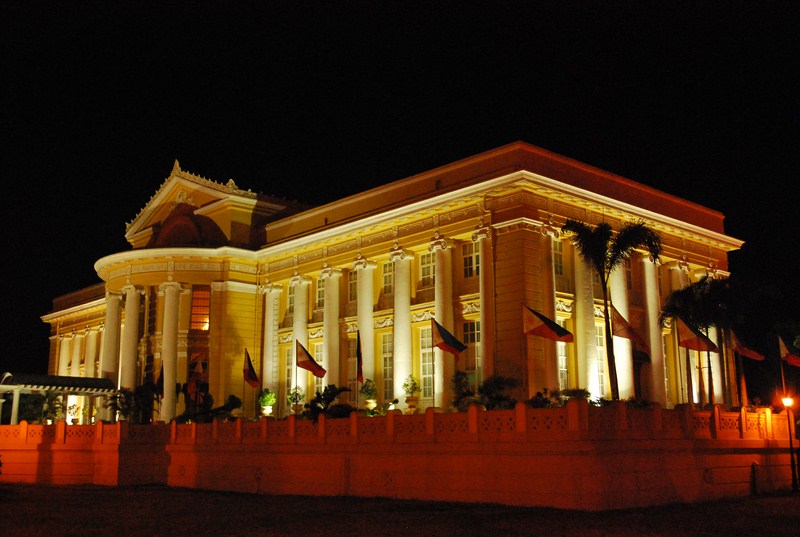
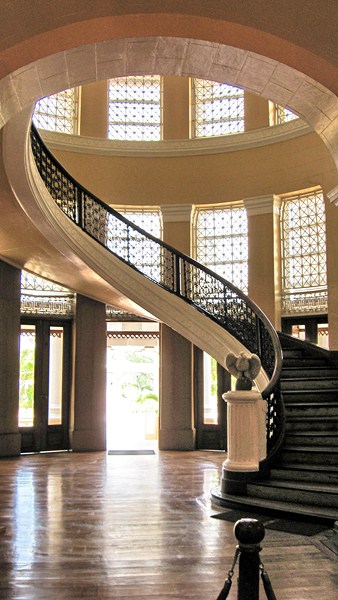
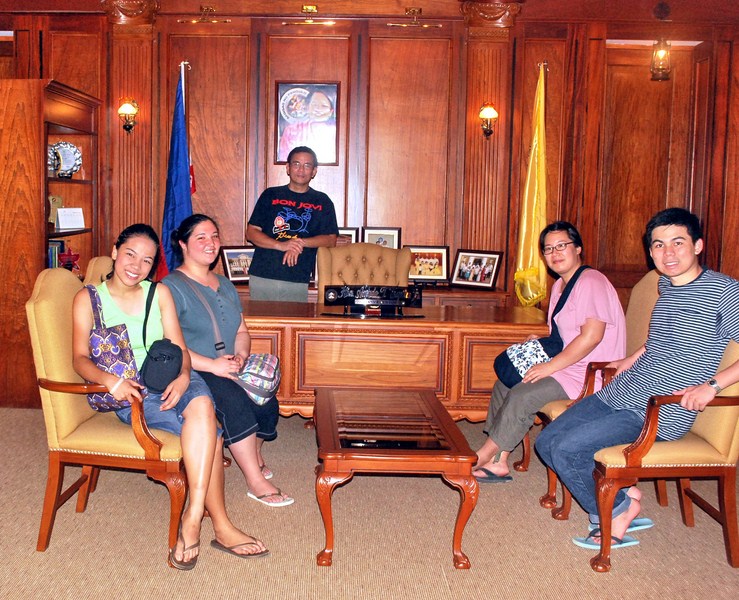

.jpg)
.jpg)






